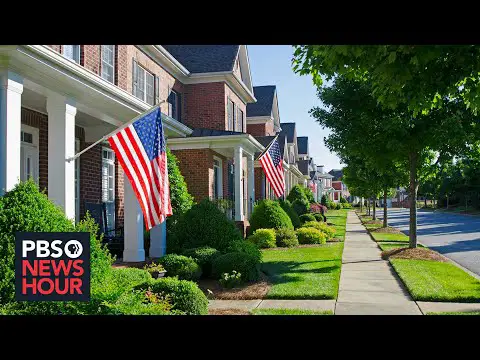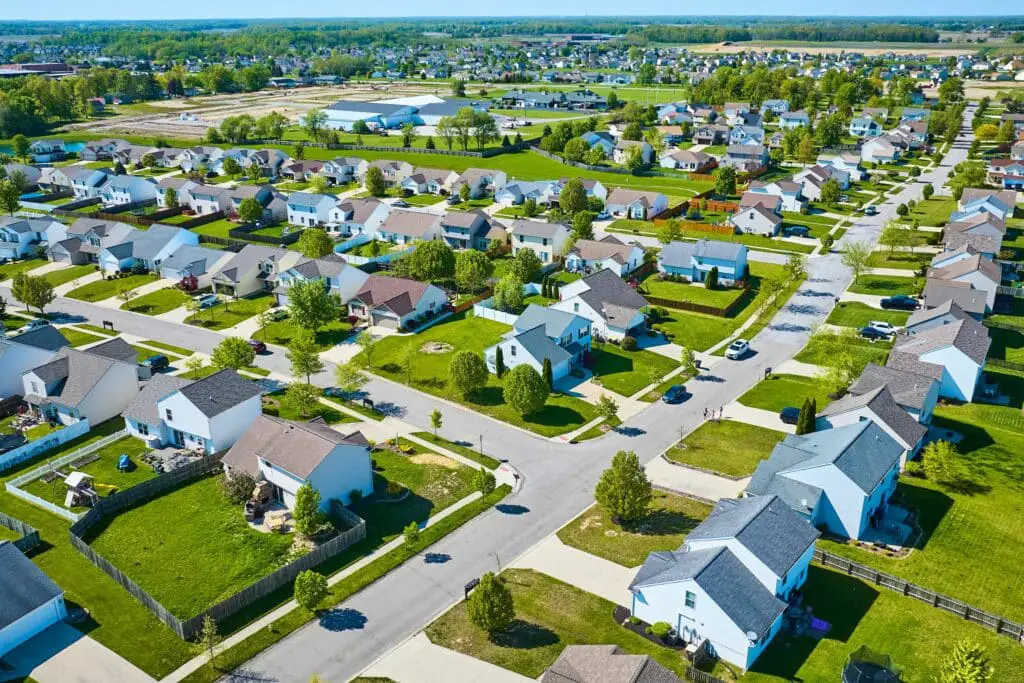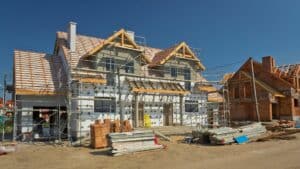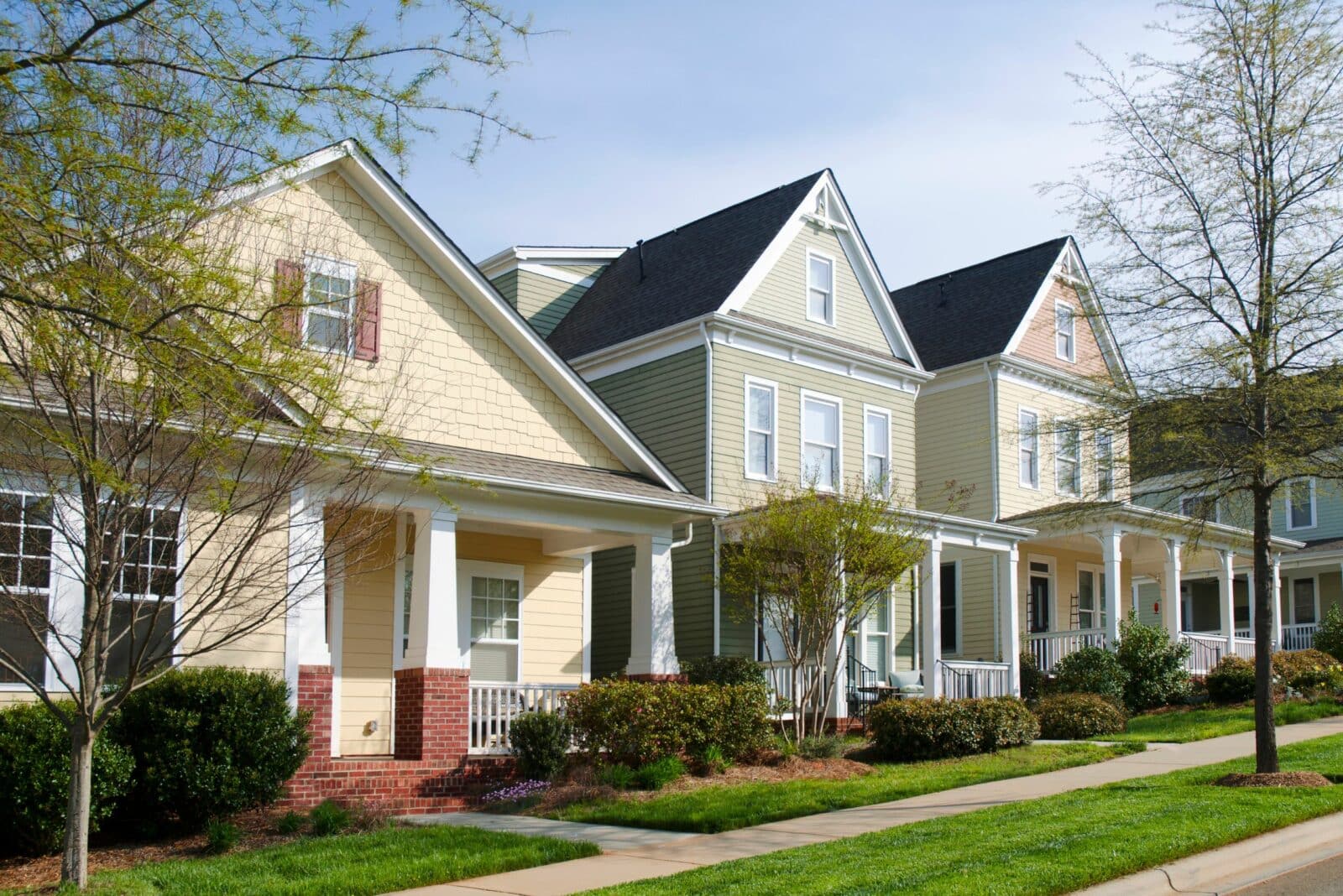Generations of Americans have cherished the dream of homeownership, but recent trends are turning it into a distant fantasy. “Housing is becoming a luxury good,” warns Christopher Mayer, an economist from Columbia University. However, amid the gloom of the housing affordability crisis, there’s a bright spot – now is an opportune time to embrace renting. The surging costs of homeownership are flipping the script on the traditional rent-vs.-own equation, with renting proving to be the more economical choice in many major cities across the nation.

Soaring Costs: The New Barrier to Homeownership
The median sales price for existing homes soared by over 40% from early 2020 to mid-2022, peaking just above $400,000, according to data from the National Association of Realtors. And the upward trajectory continues – the median sale price for an existing home was 4.4% higher in December 2023 compared to December 2022.
Mortgage Rates: Doubling the Dilemma
Adding to the housing crisis is the fact that mortgage rates have doubled since early 2022, reaching 6.8% as of mid-February, up from just over 3% at the beginning of the previous year. This unsettling combination of rising prices and soaring mortgage rates is creating a daunting financial scenario for prospective homebuyers.
The Affordability Crisis in the Housing Market
Despite expectations that increasing mortgage rates would naturally drive home prices down, the reality tells a different story. Imagine purchasing a $400,000 home with a 20% down payment: at 3.2% interest, your monthly mortgage cost would be $1,383, but at 6.8%, the same mortgage would set you back $2,086. Daryl Fairweather, chief economist at Redfin, describes the current situation as “the least affordable housing market in recent memory.”
The Persistent Seller’s Market
While rising interest rates did slow the ascent of home prices and even led to occasional declines, the seller’s market has persisted. Contributing factors include a shortage of new homes being built to meet demand, increased demand spurred by the COVID-19 pandemic and the remote work boom, and homeowners with historically low mortgage rates choosing not to sell.
Renting vs. Buying: A Shift in Perspective
Homeownership, once considered a rite of passage, is now being reshaped by prohibitive costs. Traditionally, two-thirds of Americans have owned homes, considering it a primary asset. However, the rent-or-buy calculation has shifted in favor of renters.
The Economic Logic of Renting
In a surprising turn, a 2023 analysis by Realtor.com found that renting was more affordable than buying in 47 out of the 50 largest metropolitan areas. Even in Austin, Texas, where buying a starter home costs $3,946 per month, renting at $1,670 emerged as the more economical option, saving renters $2,276 monthly.

Personal Decisions: Opting for Flexibility
This shift towards renting is not just a theoretical trend. Elizabeth Renter, a senior writer at NerdWallet, chose to rent when relocating to central Durham, North Carolina, after running the numbers. Her decision was influenced by the lower monthly costs of renting compared to buying, even when factoring in a 20% down payment and a 6.8% interest rate.
Rents vs. Home Prices: A Comparative Analysis
While rents are rising in America, they haven’t matched the pace of home prices. According to a NerdWallet analysis, rents averaged $1,958 nationwide in January, just one dollar higher than in December. Despite being 29% higher than pre-pandemic levels, economists don’t anticipate a significant spike in rents due to a surge in rental housing construction.

Conclusion: Adapting to the New Normal in Housing
As the housing landscape evolves, the rent-vs.-own decision is becoming more than just a matter of preference; it’s a strategic response to the complexities of an unprecedented affordability crisis. Renters are finding solace in the current market, where renting presents a viable and increasingly attractive alternative to the challenges associated with homeownership.
Related posts:
 Surge in US Housing: A Close Look at the November 2023 Boom
Surge in US Housing: A Close Look at the November 2023 Boom
 Seattle Fort Lawton Housing Plan Revision: A New Vision for Affordable Living
Seattle Fort Lawton Housing Plan Revision: A New Vision for Affordable Living
 2024 Real Estate Recession Warning: A Closer Look at the Housing Market Dynamics in Arizona
2024 Real Estate Recession Warning: A Closer Look at the Housing Market Dynamics in Arizona
 Affordable Housing in Highland Park: A Sustainable Approach to Homeownership
Affordable Housing in Highland Park: A Sustainable Approach to Homeownership
 New Construction Homes Sales Increase in 2024: A Look into the Rising Trend
New Construction Homes Sales Increase in 2024: A Look into the Rising Trend



